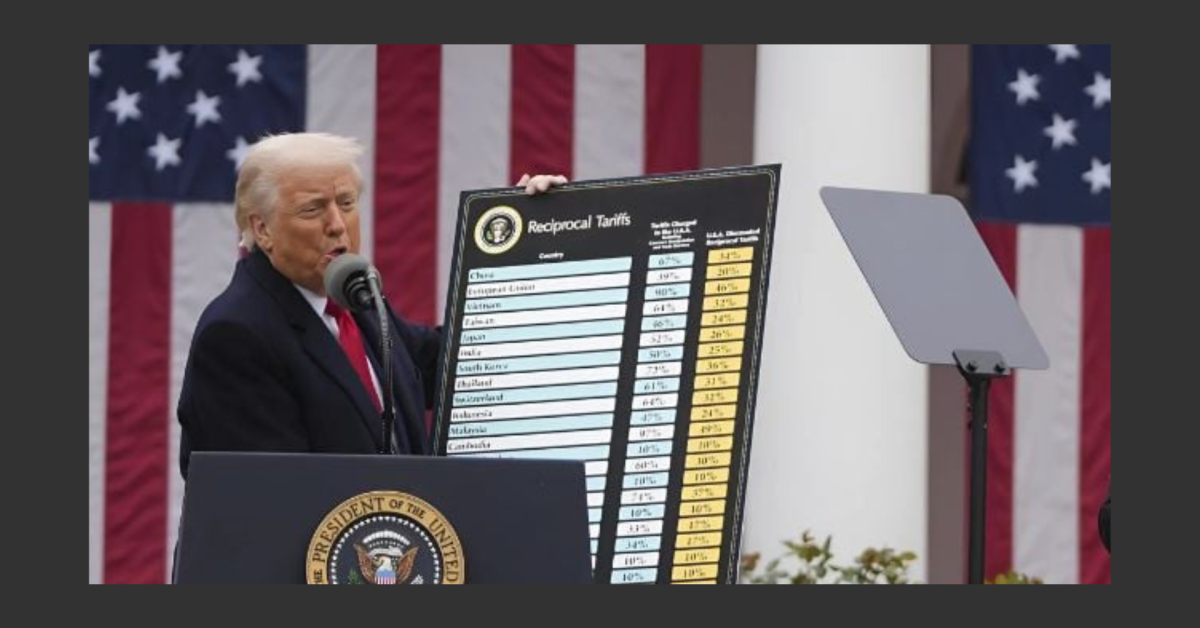
PM Pledges Pakistan’s Path to a Sustainable Future
April 2, 2025
Elon Musk’s xAI Buys X for $33B
April 3, 2025The United States has imposed a 29% tariff on Pakistani goods as part of President Donald Trump’s broader trade policy aimed at addressing global trade imbalances. Trump justified the move by highlighting Pakistan’s 58% tariff on American products, which he deemed unfair. This decision aligns with his “America First” stance, emphasizing the need for reciprocal trade agreements.
The US remains a significant trading partner for Pakistan, with bilateral trade reaching $7.3 billion in 2024. American exports to Pakistan grew by 4.4%, totaling $2.1 billion, while imports from Pakistan increased by 4.9%, amounting to $5.1 billion. Despite these figures, Trump criticized the practice of subsidizing foreign economies, urging nations to become more self-reliant.
In addition to Pakistan, the US has imposed tariffs on 40 other countries, with rates ranging from 10% to 50%. Notable examples include China at 34%, Vietnam at 46%, and Sri Lanka at 44%. These measures aim to create fairer trade conditions for US industries and address what Trump described as a “national emergency” caused by trade deficits.
The tariffs reflect Trump’s commitment to reshaping international trade dynamics, ensuring that American products receive equitable treatment in global markets. This policy has sparked debates about its long-term impact on international relations and economic stability.





